By Dr. Richard Jones
For decades, Somalia’s agricultural sector has been rocked by a fragile and degraded natural environment, and with several intervals of drought and floods. This, coupled with poor infrastructure and interruptions in government have translated into lost opportunities to reconstruct the agricultural sector for the nation with the longest coastline in Africa’s mainland. Nevertheless, in the recent past, the agricultural sector is beginning to reap the benefits of dedicated Somalis and partners who are determined to restore Somalia’s agriculture that currently contributes 75% of the GDP according to a joint Worldbank and FAO report released in 2018.
The Somali Agricultural Technical Group (SATG) was established following a special symposium on Somali Agriculture held at the American Society of Agronomy meeting at Charlotte, NC in 2001.
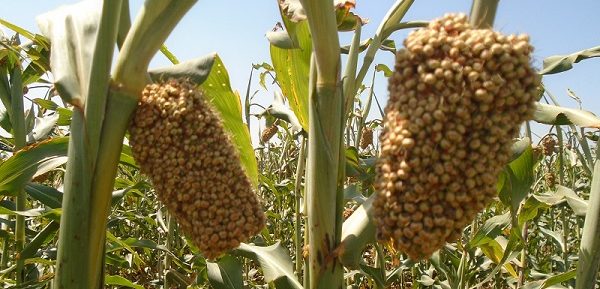
There was concern that the rich history of agricultural research from before the civil war that started in the early 1990s was being largely ignored in the design and implementation of agricultural interventions. As a result, Dr.Hussein Haji, who had worked as a sorghum breeder in Somalia before the conflict arranged the symposium and established an electronic discussion forum bringing together Somalis and friends of the country to facilitate access to information and past experiences of relevance to relief and development agencies.
Agricultural Development
In 2008 Dr. Haji moved to Kenya and registered SATG as a non-governmental organization with a mission to strive for peace and prosperity through sustainable agricultural development. SATG’s mission is embedded in four pillars: safeguarding Somalia’s agriculture, assisting agricultural communities to access affordable and appropriate agricultural technologies; education and research and cooperation at international, national, regional, and local community level in the sustainable development of Somali agriculture, and conservation of the natural resource base.
SATG was quickly recognized both as a source of expertise and later as a credible development partner in Somalia. While SATG initially ran its activities out of Nairobi, its operations were eventually moved to Mogadishu as the security situation
improved in Somalia. Notable achievements by SATG include the re-introduction of Filsan, a proven green gram variety originally developed by the World Vegetable Center that had been tested and selected for production before the conflict and subsequently lost. At the same time, local maize and sorghum collections were made to support the dissemination of well-adapted and farmer preferred varieties routinely distributed by relief agencies. SATG was sub-contracted by several development agencies to implement project components related to agriculture including value-chain analyses of several sub-sectors such as sesame and bananas both of which have attracted interest from buyers in the middle east and elsewhere. This work also included farmer participatory testing of improved maize, sorghum and cowpea varieties sourced through the Consultative Group for International Agricultural Research Centres, namely CIMMYT, ICRISAT, and IITA respectively.
In 2015, the SATG board and management took the decision to establish Filsan, a commercial company, to market a range of agricultural products and services to farmers in Somalia. This decision was made following the demand by farmers for tested seeds and other services. With investment from SATG and financial support from the International Committee of the Red Cross and USAID a dedicated facility was constructed just outside Mogadishu comprising a warehouse, seed processing line, a tissue culture laboratory as well as facilities for seed and soil testing.
Cymmyt Partnership
CIMMYT had previously provided a set of maize hybrids for testing out of which a number were selected for seed production and marketing to farmers. A licensing agreement was signed with CIMMYT, and foundation seed contracted to QualiBasic Seed Company in Kenya that specializes in commercial foundation seed production. Inbred lines are then taken to Somalia where hybrid seed production is currently ongoing with selected contract growers who have access to irrigation. Filsan is a strong believer in climate-smart agriculture that includes the application of conservation agriculture such as minimum tillage and the use of early maturing varieties. With the introduction of early maturing, drought-tolerant varieties of maize, sorghum, cowpea, and mungbean and application of minimum tillage, Filsan estimates the saving of at least 2 irrigation cycles during the growing season.
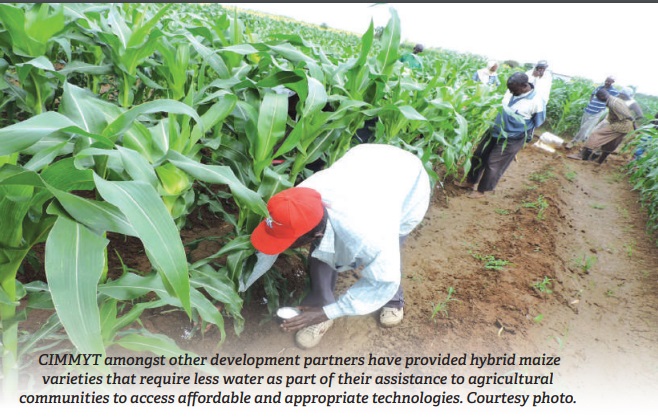
This is expected to reduce the energy cost by 30 to 50% for the farmer’s pump irrigation. Some of the cowpea and mungbean varieties identified and commercialized by Filsan mature in 60 days as compared to the local indeterminate varieties that mature between 100 and 120 days. Also, the maize hybrid (KDH3) developed and tested by both CIMMYT and Filsan requires less water/energy and matures 15 to 20 days earlier than the local varieties.
Filsan has also made inroads towards improving banana production in Somalia, a crop with major potential for export. The traditional way of planting bananas is the use of suckers derived from old banana fields. Twenty to thirty percent of the suckers die soon after planting due to diseases and the surviving plants are often non-uniform in the field. In 2020 Filsan embarked on the production of tissue culture bananas in response to requests from commercial banana farmers.
The farmers are subsequently guaranteed with clean, disease-free planting material that grows uniformly in the field. In addition, Filsan estimates that water-saving of 50% to 75% will be achievable as the tissue culture plants are fully equipped with leaves and roots that will enable the plant to start its photosynthetic process immediately after transplanting. The tissue culture plants mature at least 2 months earlier than the traditional system, thus reducing the level of irrigation required by 20%.
The symbiotic relationship between SATG and Filsan is seen as an innovative approach to agricultural development not only in Somalia but for other countries where public sector support for research and development activities is lacking. The development community cannot be expected to shoulder the full burden of scaling up proven technologies, and the farming communities themselves are more likely to nurture technologies that they have both been involved in testing and investing.
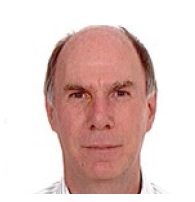
By Dr.Richard Jones
Chief of Party, SSTP Project (AGRA). Former Agribusiness Team Leader, IFDC (Nairobi)
Richard Jones, Ph.D., is an agronomist by training and an internationally respected expert on farming systems, seed dissemination and smallscale agribusiness. He began his career in Botswana in 1981, where he was posted by the British Government to work on a smallholder farming systems research project. His research helped improve crop productivity in two important production areas: using post-flood residual moisture in the famous Okavango Delta, and rain-fed agriculture in surrounding areas on sandy soils typical of the semi-arid tropics. It was here that he first began working on millet, sorghum, groundnuts and cowpeas and learnt to appreciate the hardiness of these crops. In 1989, he was awarded a Ph.D. from Reading University. His thesis compared the two types of farming systems in Botswana.
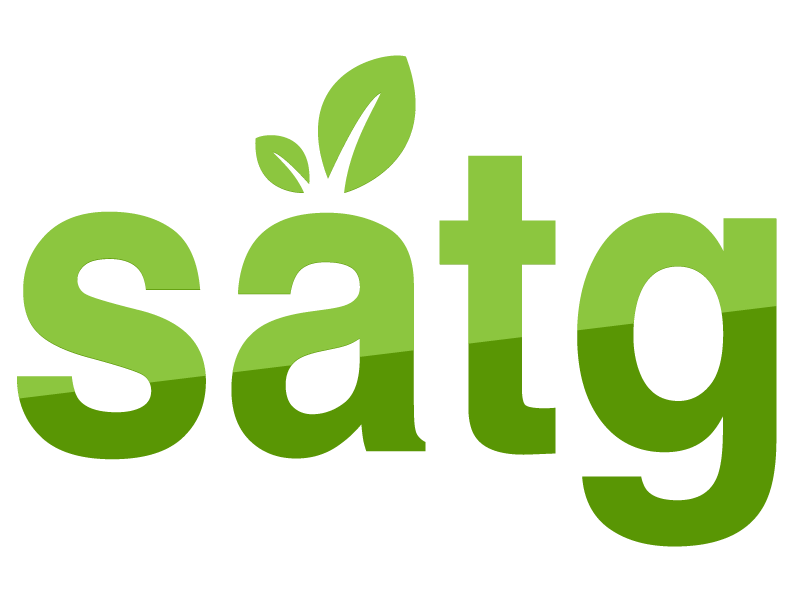
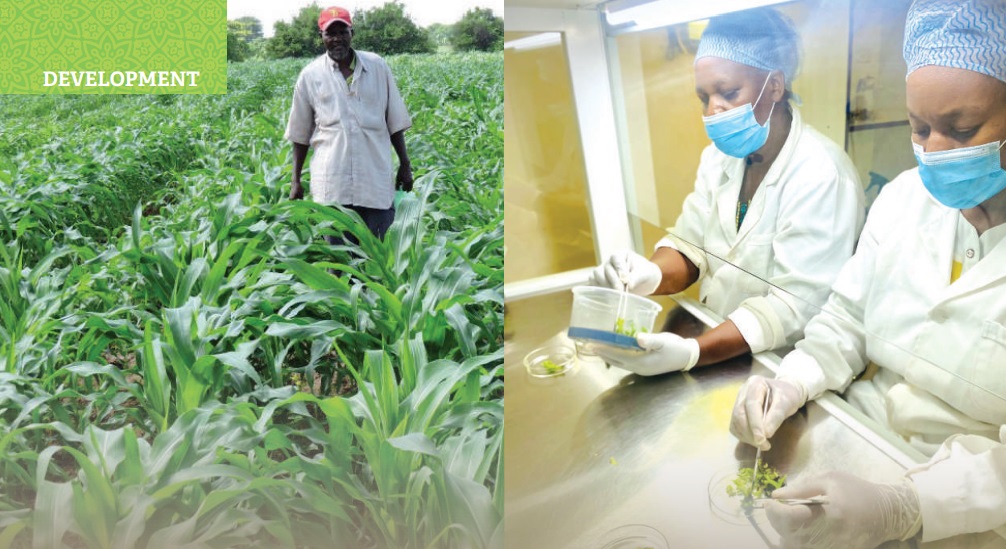
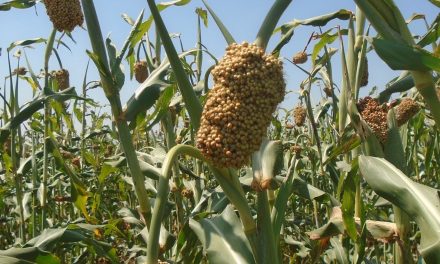
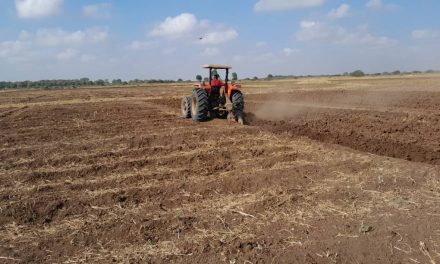
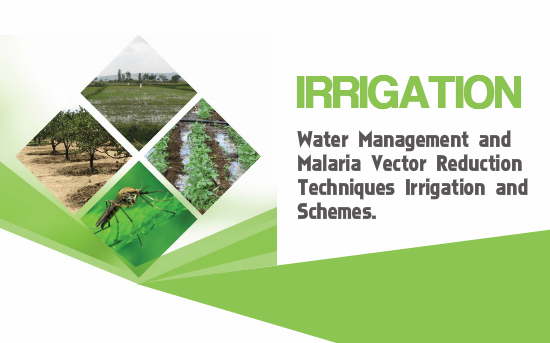
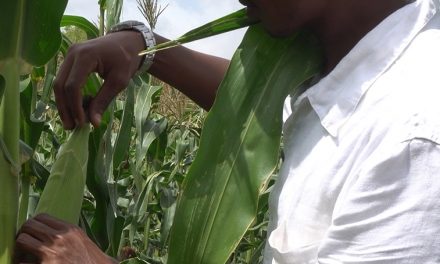
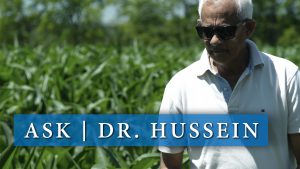
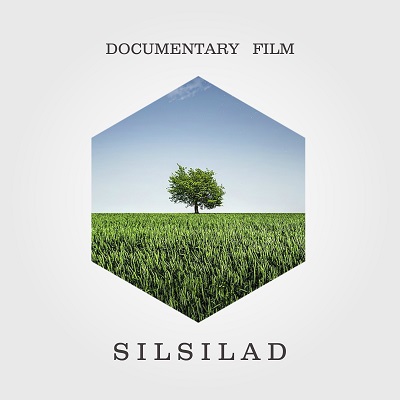

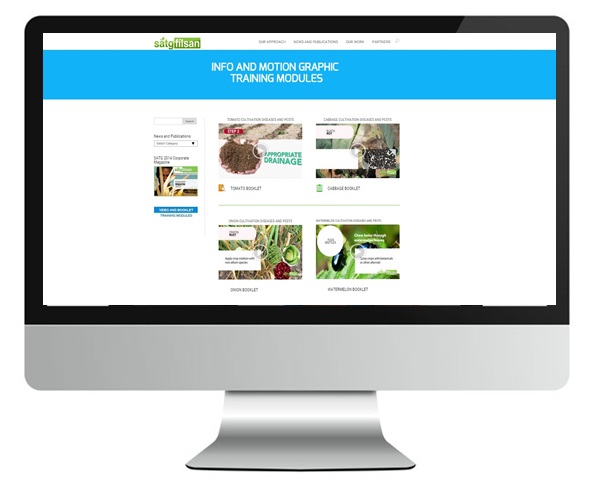
Recent Comments